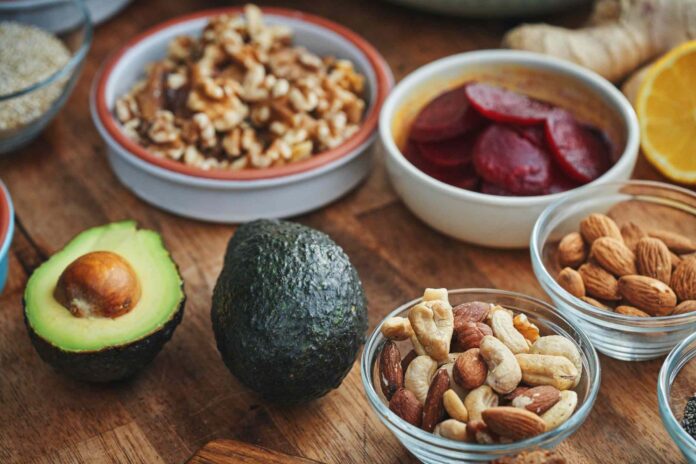Taking omega-3 supplements is a common way to boost your intake of these essential fatty acids, which support heart, brain, and overall health. However, simply swallowing a pill isn’t always enough —the way you take them can significantly impact how well your body absorbs these nutrients. Pairing omega-3s with certain foods can not only improve absorption but also minimize potential digestive discomfort like heartburn or nausea.
Here’s a breakdown of six food choices that complement omega-3 supplements, along with why they work and how to incorporate them into your routine.
Why Food Matters With Omega-3s
Omega-3 fatty acids are fat-soluble, meaning they’re best absorbed when consumed with dietary fats. This is because fats help the body process and transport these nutrients more effectively. Without fat, a significant portion of the omega-3s can pass through your system undigested.
1. Avocado: The Creamy Companion
Avocados are packed with healthy monounsaturated fats – roughly 7 grams in a 50-gram serving, with 5 grams being monounsaturated. These fats support healthy cholesterol levels and reduce the risk of heart disease. Combining avocado with your omega-3 supplement enhances absorption while reinforcing cardiovascular health benefits.
Practical Tip: Spread avocado on toast, add it to a salad, or blend it into a smoothie before taking your supplement.
2. Olive Oil: A Heart-Healthy Boost
A single tablespoon of olive oil delivers about 14 grams of fat, predominantly monounsaturated. Like omega-3s, olive oil supports heart health, and studies show that combining the two can improve blood cholesterol levels more effectively than using either one alone. Olive oil also helps reduce oxidative stress, which damages cells.
Practical Tip: Take your omega-3s with a drizzle of olive oil, a piece of bread dipped in olive oil, or as part of a meal prepared with olive oil (avoid high-heat cooking methods like frying).
3. Walnuts: Plant-Based Power
Walnuts provide 18 grams of fat per ounce (about 14 halves), and they’re a good source of plant-based omega-3s (ALA). While the body doesn’t convert ALA to EPA and DHA as efficiently as animal sources, walnuts still contribute to overall omega-3 levels.
Practical Tip: Snack on a handful of walnuts before taking your supplement, or add them to oatmeal, salads, or yogurt.
4. Almond Butter: A Convenient Pairing
One tablespoon of almond butter contains roughly 9 grams of fat and is rich in vitamin E, an antioxidant that protects cells and boosts the immune system. The combination of omega-3s and vitamin E provides a dual defense against cellular damage.
Practical Tip: Enjoy almond butter with apple slices or other fruits before taking your supplement.
5. Whole Fat Yogurt: A Protein-Rich Option
A cup of full-fat Greek yogurt contains about 8 grams of fat, along with protein, calcium, and other essential nutrients. Yogurt is a versatile choice that pairs well with oatmeal, smoothies, fruits, nuts, and seeds.
Practical Tip: Incorporate yogurt into breakfast or as a snack alongside your omega-3 supplement.
6. Eggs: A Classic Breakfast Solution
A large egg provides approximately 4.7 grams of fat. Eggs are a simple and effective way to deliver the necessary fats for optimal omega-3 absorption.
Practical Tip: Take your omega-3 supplement after breakfast, alongside eggs.
Choosing the Right Supplement
Not all omega-3 supplements are created equal. Pay attention to the source (fish oil, krill oil, algae oil) and the concentration of EPA and DHA – the most beneficial forms of omega-3s.
By strategically pairing omega-3 supplements with fat-rich foods, you can significantly improve absorption, maximize health benefits, and minimize potential side effects.
